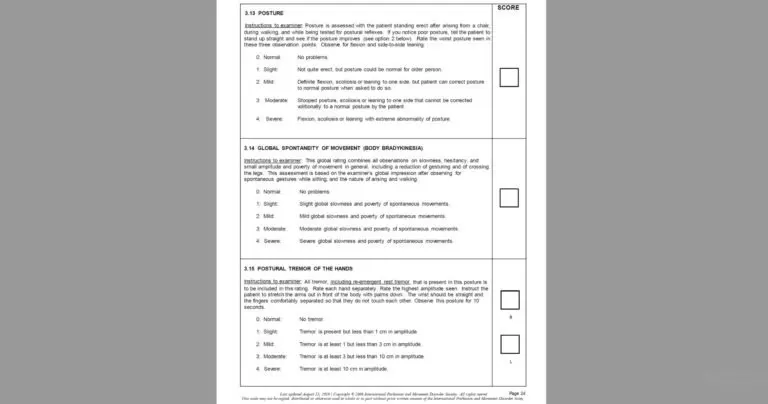
The DBS procedure can appear daunting to a patient!
There are 5 crucial steps:
| The 5 steps of a systematic DBS process |
|---|
|
1. Pre-operative evaluation including Levodopa Challenge Test 2. Selection of DBS target and DBS device. 3. DBS surgery itself 4. Post-operative recovery |
Table Of Contents
- Pre-operative evaluation including Levodopa Challenge Test
- Selection of DBS target and DBS device
- DBS Surgery
- Post-Operative Recovery
- DBS Programming – switching it ON!
- How long does the improvement with Deep Brain Stimulation (DBS) last?
- Dr. Siddharth Kharkar
- NeuroPlus Epilepsy & Parkinson’s Clinic – Dr. Kharkar
There are five formalities to complete before DBS surgery:
There are five formalities to complete before DBS surgery:
First and foremost, the diagnosis of Parkinson’s disease needs to be confirmed.
The doctor will carefully talk to you and examine you.
His/her main intention is to rule out a Parkinson’s Disease Mimic. A Parkinson’s Mimic is any disease that looks like Parkinson’s disease but is not.
Parkinson’s Mimics include the Parkinson’s Plus syndromes. Your neurologist will look for these “Red-Flag” symptoms, which may indicate that you have a Parkinson’s Plus syndrome.

| ‘Red Flags’ suggesting that you may have a Parkinson’s Plus Syndrome |
|---|
| 1. Lack of response to Levodopa. 2. Frequently falling, especially backwards. 3. Severe talking or swallowing problems. 4. Problems with eye movement. 5. Impotence. 6. Blurring of vision. 7. Blacking out when rising from a seated position. 8. Problems with thinking or memory loss. 9. Personality changes. 10. Symptoms only in the legs while the arms and hands are entirely normal. 11. Rapid progression of the disease. |
Click here to read more about Parkinson’s Mimics.
Click here to read more about Parkinson’s Plus syndromes.
A careful history and examination are critical. Also, a small therapeutic experiment is done. This experiment is the Levodopa Challenge Test.
Most people with Parkinson’s Disease never stop responding to Levodopa.
But the effect of Levodopa becomes shorter and shorter as the disease progresses, and sometimes it may cause side-effects. So, the reason for doing DBS is motor fluctuations, which are described here.
Let us say a person who is going to have DBS takes a large quantity of Levodopa. This is called the “Levodopa Challenge Test”.
What would you guess happens immediately afterwards?
Here is the key:
The person should improve, even at this stage. Significantly.

No one would expect this improvement to last the entire day – that is the reason that DBS is being done in the first place.
But at least for an hour or so, the person should improve. Significantly.
In fact, the maximal improvement that you get during the Levodopa Challenge Test is likely to be the maximal improvement after DBS.
If a person fails to improve dramatically, then it predicts that DBS may not work.
As with all things in life, this prediction is not absolute.
How is the test done?
You will be asked to stop taking your Parkinson’s medications after your night-time dose / at least for 12 hours.
Most places will ask you to stop eating after dinner. You can keep drinking water as usual.
You will be requested to come to the hospital in the early morning.
There, the Neurologist will carefully examine you and give you a score for motor functioning. He/She will use a very lengthy scale called the UPDRS-scoring system.

Then, you will be given a sizeable dose of Levodopa, for example, 4 tablets.
This dose is usually slightly higher than the dose you are currently taking. Many authorities recommend that 150% of your morning dose should be used.
Doctors may use up to 200% of your morning dose if you fail the test once.
The Neurologist will again reexamine you 30 minutes, 1 hour and if needed 1.5 hours after taking the Levodopa tablets.
What is “Significant Improvement”?
This measurement cannot be subjective. What may seem significant to your doctor may not seem significant to you.
To avoid such ambiguity, we use the UPDRS to quantify your symptoms. The minimum improvement required to predict a good DBS response is known.
If at any point after taking the challenge dose, your UPDRS score improves by 30% or more, then you are likely to improve after DBS.
If I fail the Levodopa Challenge Test, can I still get DBS?
Some people can.
If you do not improve, the reason for non-improvement should be found.
If you failed the Levodopa Challenge Test because of specific reasons, you could still have DBS.
| Reason for Levodopa Challenge Test Failure | Resolution |
|---|---|
| The dose of Levodopa used was not large enough | May need to re-do test with a larger dose. |
| You cannot tolerate a large dose – you get too nauseous. | May need to take tablets for nausea so that a large enough dose can be given. |
| You start shaking too much after a large dose (these are called dyskinesias). So, your post-challenge scores are low. | May need to proceed with DBS without the assurance provided by the Levodopa Challenge Test. |
| Your gut did not absorb the Levodopa. For example, you ate a heavy breakfast by mistake or were constipated. | May need to repeat the test with proper precautions. |
| You failed the test because your Tremor did not improve after the Levodopa dose. | May proceed, but discuss with your doctor adequately. Tremor may respond to DBS even if it does not improve with the levodopa challenge. |
| You failed the test because the stiffness of your body, walking or unsteadiness did not improve after the levodopa challenge. | Be very careful. These symptoms may not improve after DBS either. |
| You have a Parkinson’s Mimic, possibly a Parkinson’s Plus Syndrome. | DBS is not a good option, at present. But you may want to participate in a carefully designed, ethical research trial of DBS in these conditions. Here is one being conducted by Harvard. |
[External Link: Morishita 2011 in the Journal “Neurologist”]
You can read about DBS risks and side-effects in this article.
DBS can occasionally worsen Depression. It may sometimes worsen thinking and memory issues.
That being said, mild depression and thinking problems are very common. If these symptoms are mild, you can still have DBS.
So, as part of the process, you will be requested to see a psychiatrist and a neuropsychologist.
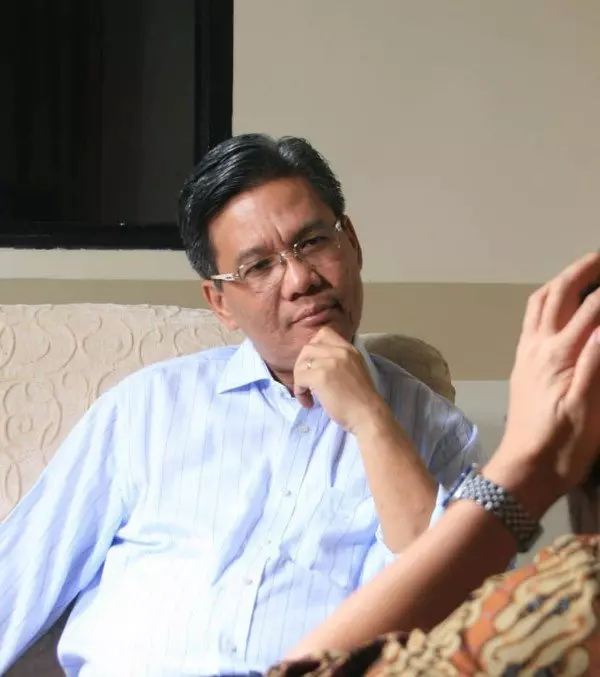
DBS involves general anaesthesia.
Therefore, an anaesthetist will meet you before the surgery to make sure your health is good enough to tolerate the surgery.
If needed, the anaesthetist will ask other doctors to evaluate you as well. (Cardiologist, Chest physicians etc. depending on your medical condition).
Most patients are fit enough to have DBS surgery.
This is possibly the most important part.
It would help if you understood the DBS success rate and DBS risks.
You are counselled regarding the limitations of DBS. Your counselling will include some of the following concepts:
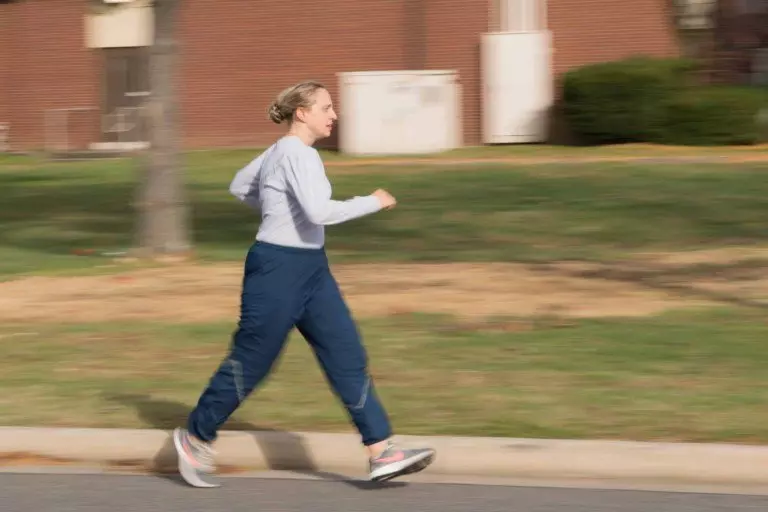


Selection of DBS target and DBS device
Usually, your doctors take care of this part.
At this stage, difficult cases are discussed in detail by all team members, who sit together as part of a “Multidisciplinary Conference”.
After considering all factors, your doctor will make a simple recommendation about the DBS target and device.
These are described here [Selection of DBS Target] and here [Selection of DBS device].
DBS Surgery
You will be asked to stop your medications at least 12 hours before the surgery.
In the morning, before the surgery begins, a frame will be attached to your head. A CT will then done, to mark the exact location of the frame.
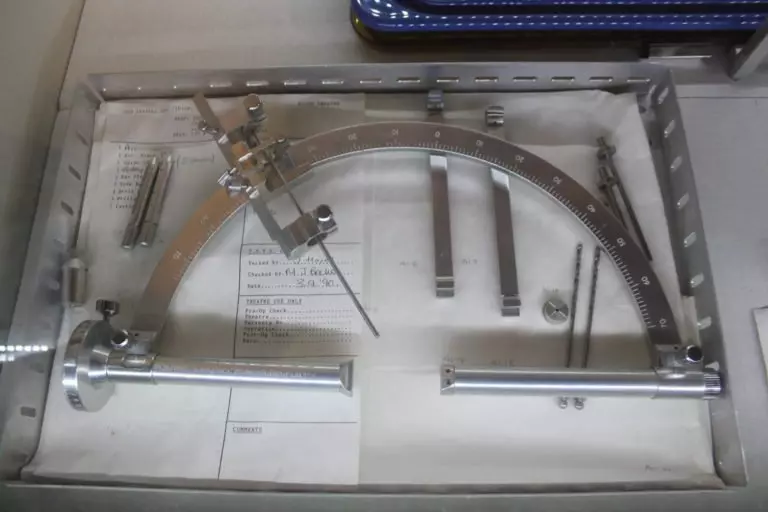
Then, you go to the operating room.
These are described here [Selection of DBS Target] and here [Selection of DBS device].
Using the frame’s guidance, a thin wire (the electrode) is inserted into the brain. This process is almost painless.
The end of the wire is placed into the selected DBS target: Sub-thalamic Nucleus, or the GPi.
Some centres use a small device that makes a chirping sound while the wire is being inserted. You may hear this. This sound tells the surgeon where the end of the wire is.
The surgeon stops when he/she thinks the wire’s end is inside the DBS target.
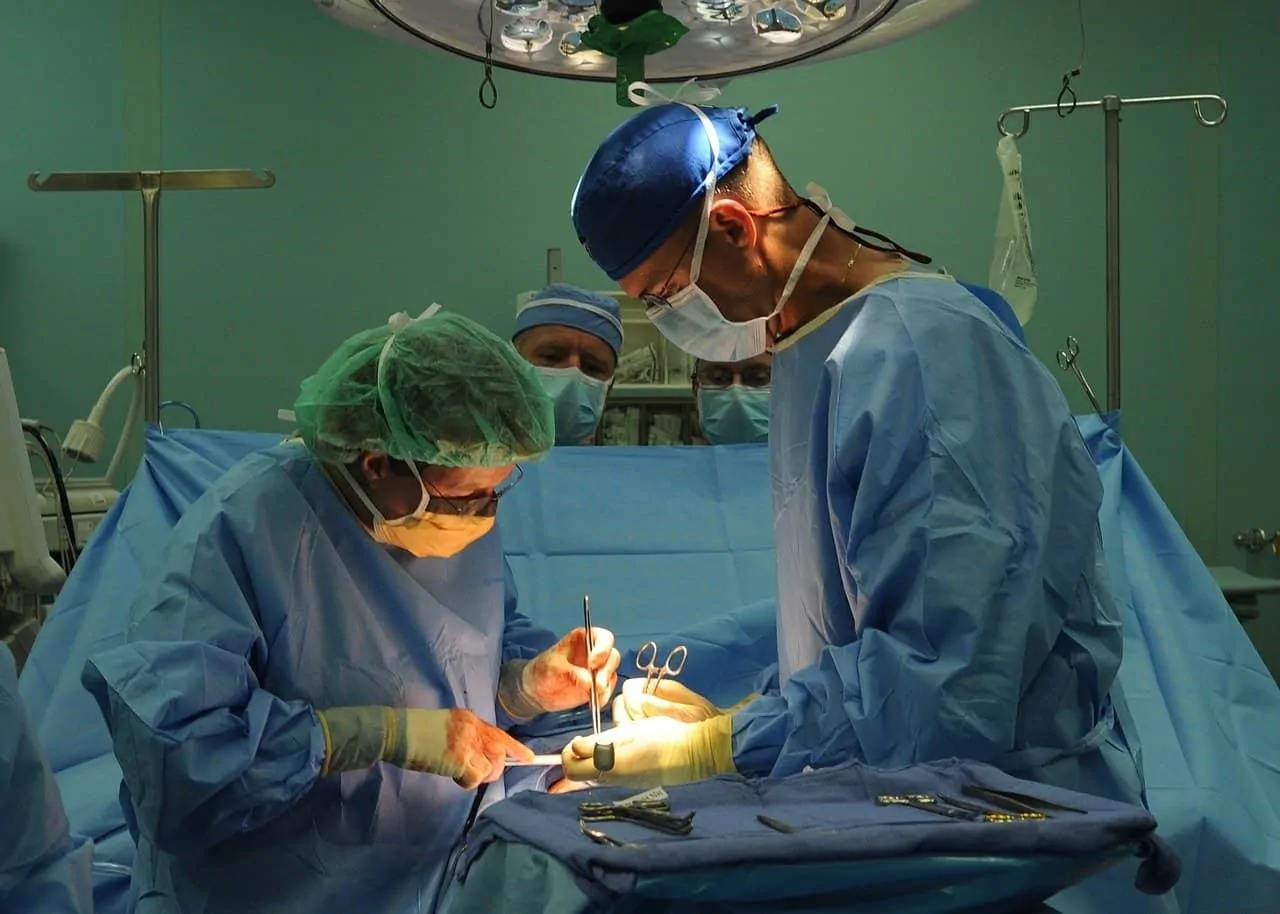
Now, the other end is connected to an external battery. A minute current is then switched on. You do not feel the current or any pain.
Now, you will be asked to move your hands rapidly. Your doctor will check your speed, tremor and stiffness.
If you show excellent improvement, with electrical stimulation, that confirms that the electrode is in the right position. The wire is fixed in that position.
The same process is then repeated on the other side.
The location of both leads is later further confirmed by doing a CT-scan, which is then compared to your MRI – all to make sure that the wires are in the right location.
At this point, the major part of the surgery is over. After this, you will sleep because of the anaesthetic medications.

During this time, the surgeon will connect the final battery to the wires. He/she then places the battery below the skin of your chest.
The total duration of the surgery is about 4-6 hours.
Post-Operative Recovery
On average, most patients stay in the hospital for 3-5 days after the surgery.
Some patients may be discharged home early, while some may be observed for a slightly longer time.
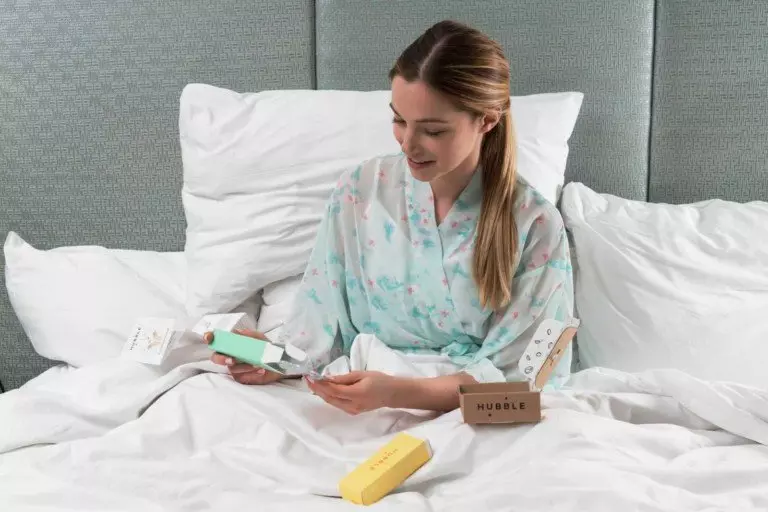
DBS Programming – switching it ON!
Most doctors do not switch stimulation ON after the surgery.
Even then, many people report improvement immediately after surgery. Possibly the physical process of wire insertion itself disrupts bad brain circuits (micro-lesioning). For unclear reasons, this beneficial effect wears off after 4 weeks.

Most Neurologists wait for 4 weeks before switching on stimulation. This allows any swelling, post-surgery tiredness, microlesioning effects etc to settle down.
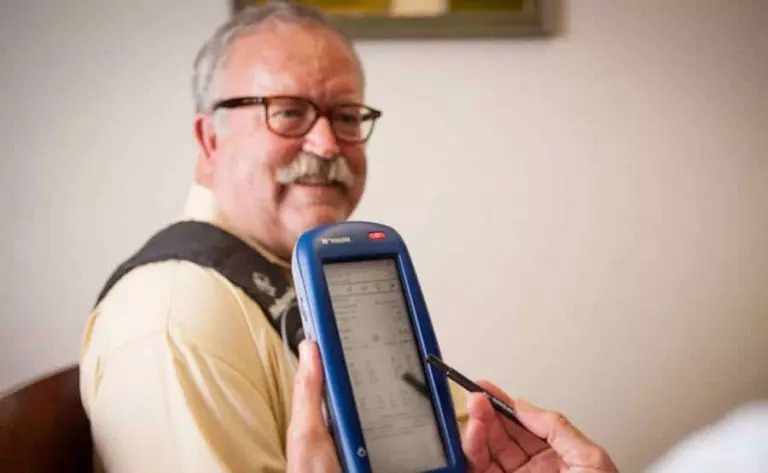
The battery that is placed below the skin in the chest is programmable. It can be programmed using a handheld, wireless programmer.
The current can be changed in many different ways:
1. The exact part of the wire getting the current
2. The strength of the current
3. The duration of each “pulse” of stimulation and the frequency of these pulses.
In newer DBS devices, it is possible to “steer” the current to get maximum benefit with minimum side-effects. This is not always required.
DBS programming is an art rather than a science.
The most common adjustment is increasing the current strength in each visit.
But this is not the only adjustment possible.
For example:
If increasing current strength causes side-effects, then a different part of the wire may be chosen. If you are Freezing a lot, the frequency of the stimulation may be reduced. If you need a very strong current, the pulse width can be reduced to prolong battery life. And so on…
You need to be patient during this process.
Finding the best set of parameters requires good team-work. Make your own precise list of how each setting has affected you. Show this to your doctor. This list will help your doctor a lot.
In some cases, finding the best parameters can take 3-6 months.
After this time, DBS settings may need to be changed intermittently as your symptoms change.
How long does the improvement with Deep Brain Stimulation (DBS) last?
Recent research indicates that improvement with DBS lasts for an extremely long time. We know now that it can last for 10 years and probably much more than that.

As the patients who had DBS implanted grow older, we will have more data on whether it lasts even longer than that. At this point, there is no evidence that DBS “stops working” at any point.
| Important! |
|---|
| Since they can inadvertently reprogram your DBS system, you should avoid most Airport/supermarket Body scanners, and inform your doctor before getting an MRI or surgery which will utilize electrical devices for thermocoagulation – also called diathermy or electrical cautery. |
Caution: This information is not a substitute for professional care. Do not change your medications/treatment without your doctor’s permission.

